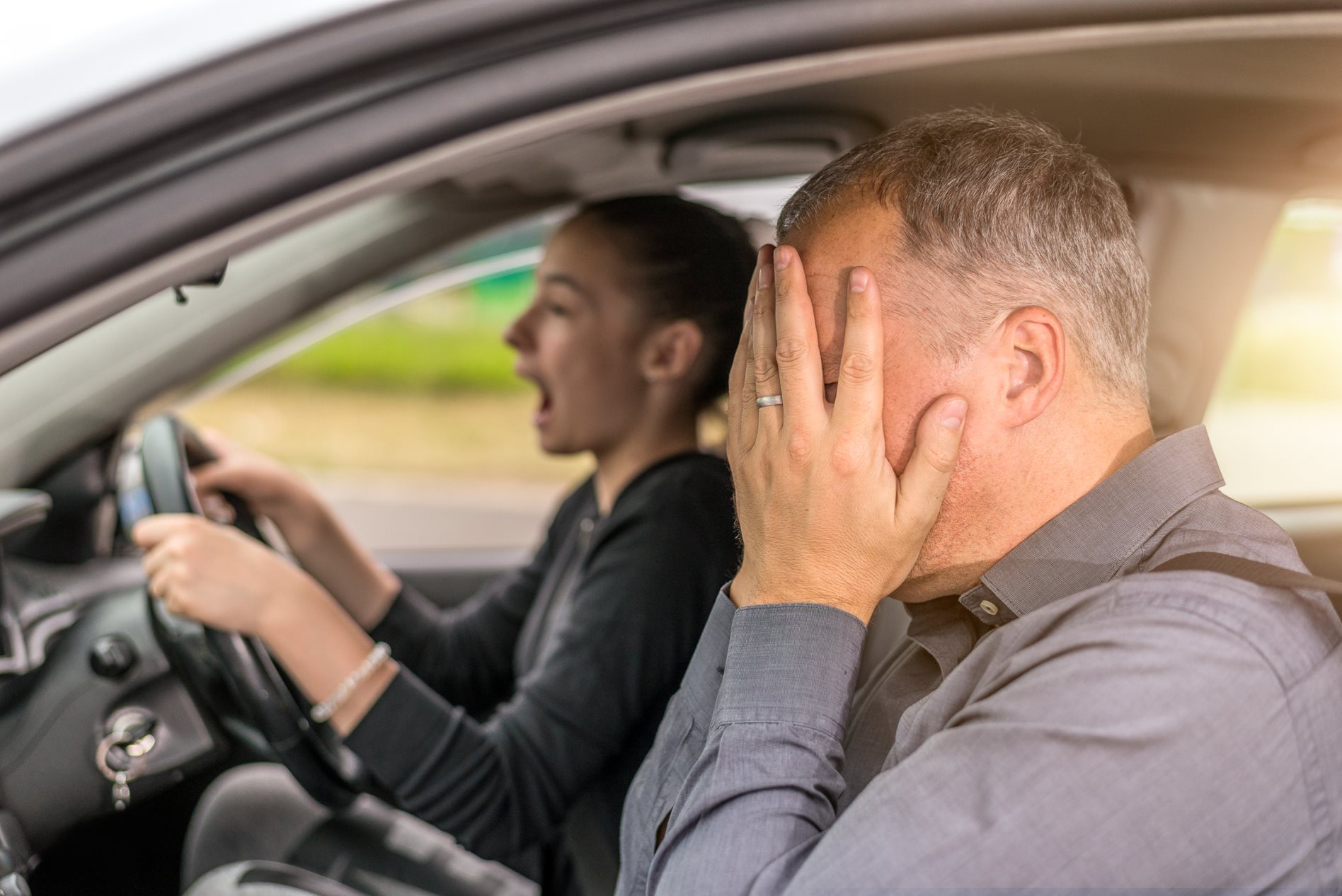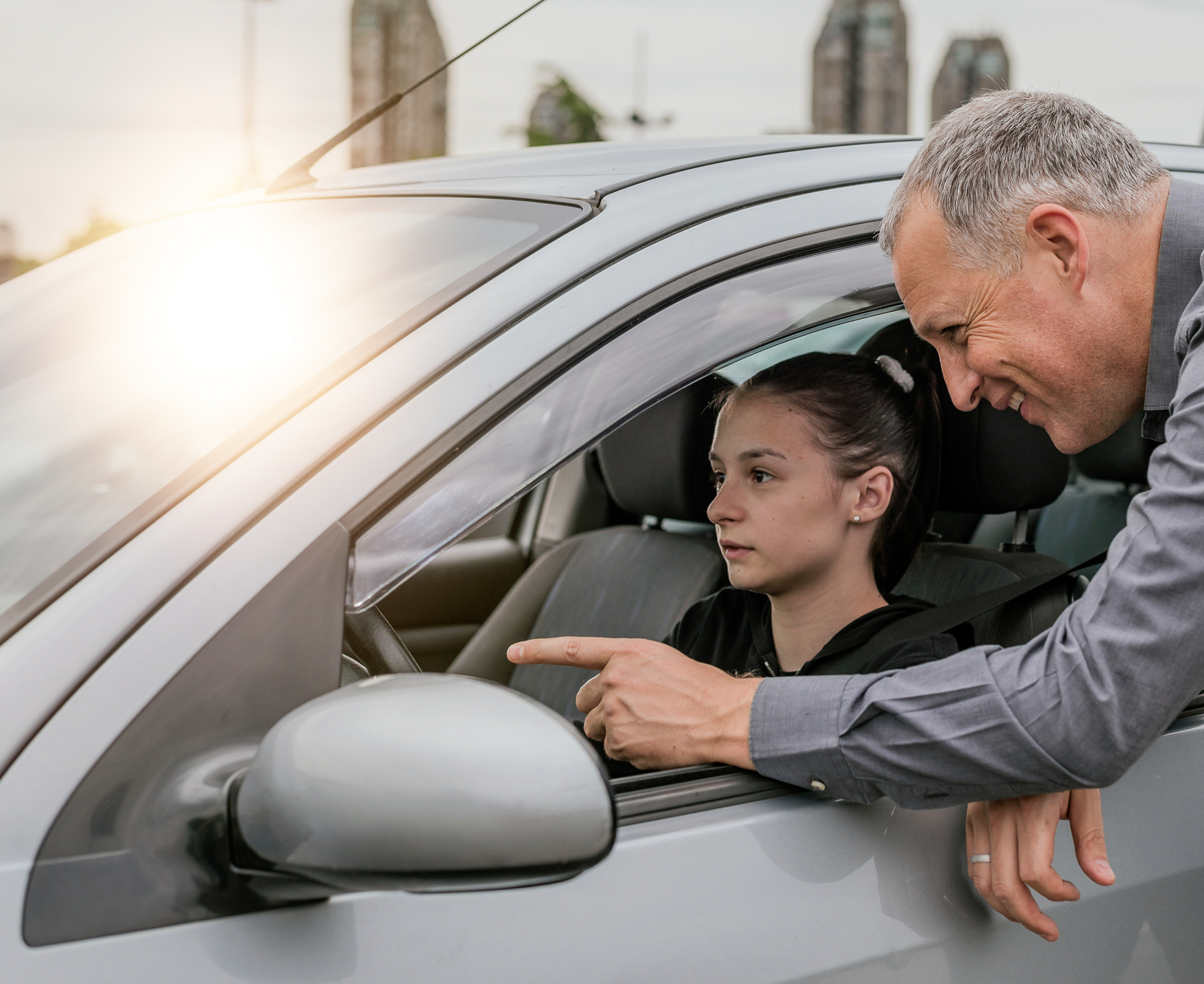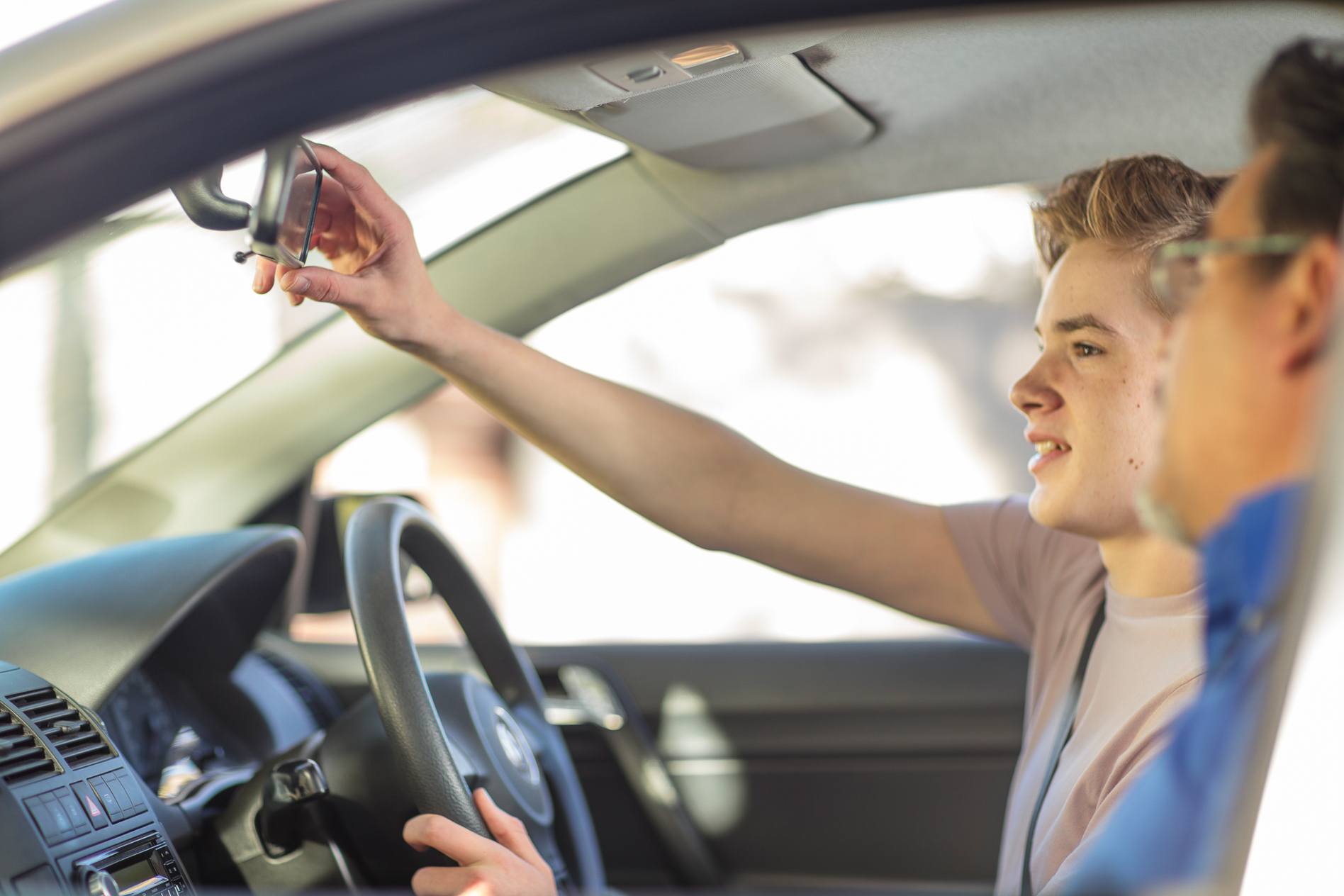
Teaching a teenager to drive is a revelation. Teaching a nervous first-time teen driver the basics of driving acts as a reminder of how twenty-something years behind the wheel seamlessly pops you into autopilot.
It’s the little things that you notice, though, such as the blank stare from the Millennial as they search for the car’s current speed in a vehicle with an analogue speedometer.
In a digital world, it’s rare these kids see analogue anything so trying to read a needle on a speedo while driving is like using an old rotary dial phone… did someone say fish-eyed?

We all know how menial tasks can quickly become second nature. As our brain’s cognitive circuit (dorsomedial striatum, to use the technical term), gets used to a repeating task like driving, our movement circuit (dorsolateral striatum) takes over the grunt work.
Helplessly, playing passenger while a first-time driver pulls out into traffic is enough to get that dorsomedial back on high alert! Here’s the catch – this part of the frontal lobe that is pivotal in judgments and decision-making, does not reach full maturity until a person is about 20 years-old. 20! That’s four-years of driving around without full development.
Scared yet? So, it’s even more important to ensure that your teen driver has everything they need to help them through one of the most statistically dangerous periods of their life.
THE SHOES
Before you hand the keys over to your overexcited teen, get them to check their feet. Over 30 per cent of drivers wear thongs, but these Aussie-favourites can impede braking, as can any kind of high-heeled shoe.
Close-toed shoes with a flexible sole will take foot distraction out of the equation. You may have lost control over their wardrobe years ago, but this is one occasion you’ve got to put your foot down, so to speak.
PEDALS AND CONTROLS
Common causes of accidents are foot slips or mistaking the brake for the accelerator. The difficulty here is that the driver can’t see the pedals and must rely on kinesthetic senses – that is, the feel of where their foot is and what pedal it’s on.
The catch-22 is you have to have felt it to feel it, so the first few times are a bit hit and miss (hopefully more ‘miss’ than ‘hit’ though). Poor executive function or a condition like Attention Deficit Disorder (ADD) can make pedal differentiation more difficult.

Cars with decent resistance on the brake pedal signal immediately that it’s not an accelerator, but every model is different so it’s worth reacquainting yourself with the feel of your brakes and checking how much ‘feel’ they really have before handing the car over.
In fact, the first session behind the wheel should be stationary. Have your teen hop in, adjust the seat and steering wheel, then pretend to drive, using the pedals, wheel and indicators. Tell them it’s like driving a simulator, and they’ll get it.
START YOUR ENGINES
Once the seat and mirrors have been adjusted, it’s time to fire her up. Cars have come a long way since the times of learning to drive in an old Toyota Cressida. Visibility in cars used to be much better than it is today, so it’s harder for new drivers to gets a sense car’s size.
Sure, new luxuries have been introduced in reverse cameras and sensors, but getting a feel for the car is very different to what it was like when you were being taught to drive. Letting them practice bump parking in a padded room would be ideal, right? Bumper cars anyone?
ON THE ROAD
For new generations, the biggest challenge is ignoring distractions. Kids these days are masters in multitasking – they can Snapchat, text, watch TV and do homework all at the same time.
No wonder studies have shown that the average attention span is now one second less than a goldfish, which then also explains why a new traffic study suggests that over 50 per cent of teenage car crashes are caused by distractions.
But before you reach for the volume controls and mute the music, studies have also shown that tunes can positively impact mood while driving, but it’s probably best to hold off on the ‘car-aoke’ in the beginning.
It may surprise you that leading mobile phone use, passengers rank as the top distraction to drivers (yep, that’s you). Laws in various Australian states restrict the number of teenage passengers a probationary driver can have in the car so it’s worth checking your state’s details.
When you consider that injury is the single biggest killer of Australian youth, and 45 per cent of those deaths are road traffic crashes, it alleviates the buzz-kill of telling your kids they can’t drive all their friends at once.

If you can think back to when you were a teen (we know, it can be a bit of a stretch sometimes) try and remember how excited you were to bung on your magnetic L-plates and get behind the wheel.
It’s an exciting time for a teen and, while no doubt a terrifying time for parents, it’s also an opportunity to reacquaint yourself with frontal-lobe driving. So get that brain tick, tick, ticking.
TEEN DRIVER CHECKLIST – SIX STEPS TO SAFETY AND HARMONY
- Consider an aftermarket heads-up speedometer display that projects the car’s speed onto the windscreen if your car has no digital speedo.
- Encourage enclosed footwear with some grip on the sole. Vans or Converse are absolutely perfect.
- Practice using the accelerator and brake pedals, as well as other controls, while the car is stationary.
- Practice backing the car in a safe area to get a sense of its boundaries, and a feel for the reversing driver’s aids.
- If the teen wants music have them make a playlist ahead of time of familiar music, and agree to a moderate volume setting while stationary. This may actually help the mood in the cabin. It’s not a dungeon, after all.
- No backseat drivers during the learning experience. One expert in the car is more than enough!



